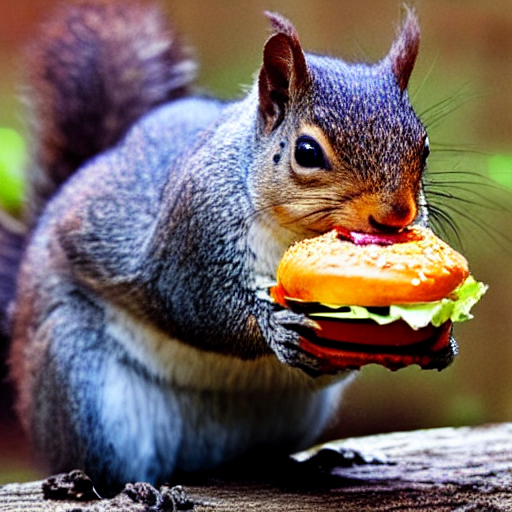Diffusers documentation
FreeU
FreeU
FreeU improves image details by rebalancing the UNet’s backbone and skip connection weights. The skip connections can cause the model to overlook some of the backbone semantics which may lead to unnatural image details in the generated image. This technique does not require any additional training and can be applied on the fly during inference for tasks like image-to-image and text-to-video.
Use the enable_freeu() method on your pipeline and configure the scaling factors for the backbone (b1 and b2) and skip connections (s1 and s2). The number after each scaling factor corresponds to the stage in the UNet where the factor is applied. Take a look at the FreeU repository for reference hyperparameters for different models.
import torch
from diffusers import DiffusionPipeline
pipeline = DiffusionPipeline.from_pretrained(
"stable-diffusion-v1-5/stable-diffusion-v1-5", torch_dtype=torch.float16, safety_checker=None
).to("cuda")
pipeline.enable_freeu(s1=0.9, s2=0.2, b1=1.5, b2=1.6)
generator = torch.Generator(device="cpu").manual_seed(33)
prompt = ""
image = pipeline(prompt, generator=generator).images[0]
image

Call the disable_freeu() method to disable FreeU.
pipeline.disable_freeu()